In this post, we will see the concept of the Megger Test in electrical engineering.
An electrical wire consists of a conductor and insulator. Basically, if you see a wire, the internal metal strap is the conductor and the outer rubber coating covering the conductor is the insulation. It is because of this insulation that we are able to touch a live wire (not the metal strap).
Insulation is a measure of resistance. The higher the resistance, the higher the insulation provided. Over a course of time, due to outside weather, rust and dust, etc. the rubber coating insulator starts to fade or cut away.
If the insulator is cut in a large amount and a large amount of conductor is exposed, then there are chances of spark or a major accident. This is because wires always run in a bunch of pairs, and any conductor short link with another conductor can create a spark or fire due to a short circuit.
So, it is important to check the insulation of a wire. This test is done by the Megger test. A Megger test is done by an insulation tester resistance meter to verify the electrical insulation of a wire.
Megger Test
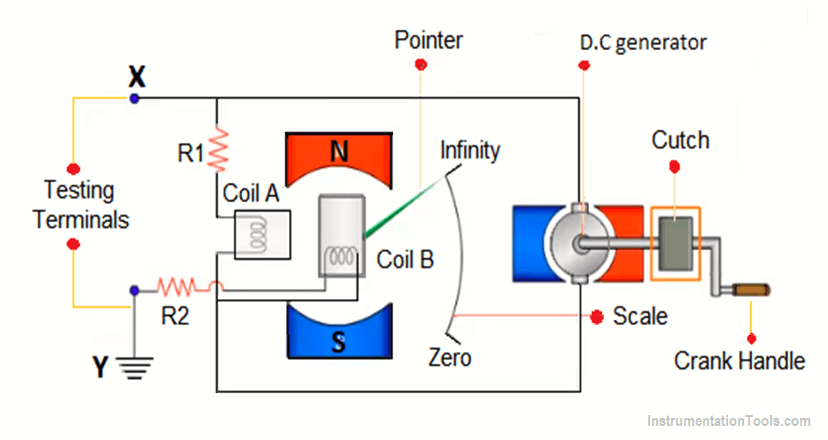
A Megger meter is also called a Mega-ohm meter. This is because the unit of the meter is in Mega-Ohms. From a small wire used at home to large wires used in transformers, the resistance is checked by the Megger test.
Apart from resistance checking, it is also used to check the open circuit and short circuit of motor windings and electrical wires.
The meter comes in two types – electronic and manual. So, what is the difference between the two? Well, let us first understand how the meter works. The meter is an internal DC voltage producer.
The output DC voltage is given to the wires to be checked. When the voltage passes through them, the meter checks the resistance of the wires connected.
So, basically, an electronic meter is the one that has a battery and the voltage is produced automatically by pressing a test button. A manual meter is one that has a hand lever and the lever needs to be rotated to produce the voltage.
It is not guaranteed for sure that you will get the exact area of the problem or the exact amount of resistance leakage, but you get a very approximate value of the resistance of the wires.
Suppose you are conducting a Megger test of a transformer wire set. For that, you first need to disconnect the supply voltage given to the transformer (HV and LV). Then, the meter is connected between these two wires and you get the resistance value between the phase supply wires. Then the meter is connected between HV and earth point; and then LV and earth point to get the resistance value between phase and ground. This verifies the electrical insulation fully with respect to any potential.
The voltage levels depend on the equipment or wire you are testing. The higher the equipment or wire rating, the higher will be the voltage applied. This fool-proofs the insulation information of the wire and assures the user regarding that.
A current limiting resistor is connected in series to protect damage in case of low resistance of the circuit. A very good resistance value means a large value of Ohms or infinite value. A bad resistance value means a small amount of Ohms.
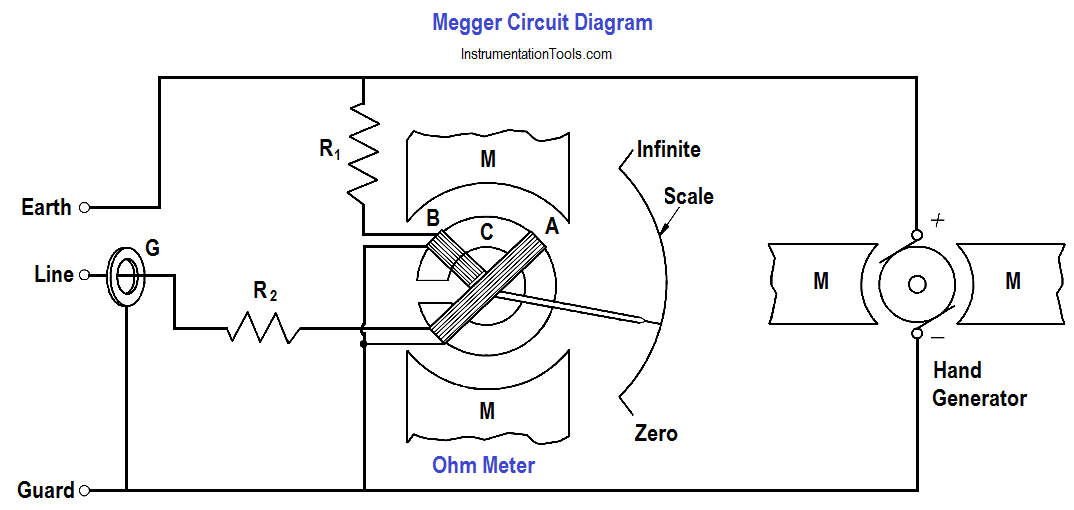
Many safety precautions need to be followed when doing this test; just due to a large amount of voltage applied. The first and utmost importance is that you should not touch the leads or wires in any case when it is tested. Before doing this test, de-energize or discharge the circuit completely.
Megger test is a very old method of checking insulation. Nowadays, many new modern techniques have come. But this measure is tried and tested, and always gives very good results.
If you liked this article, then please subscribe to our YouTube Channel for Instrumentation, Electrical, PLC, and SCADA video tutorials.
You can also follow us on Facebook and Twitter to receive daily updates.
Read Next:
- What is Electrical Busbar?
- Motor Control Center
- What is Electrical Slip Ring?
- High-Speed Counters in PLC
- Searching Tag number in PLC

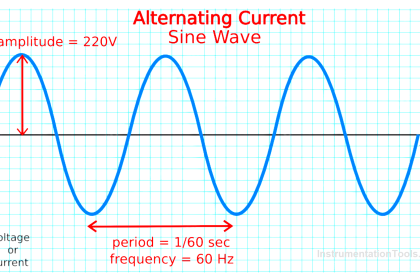
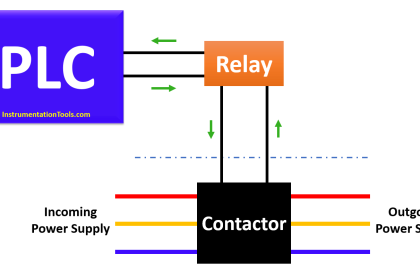
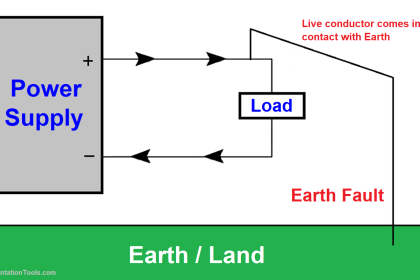
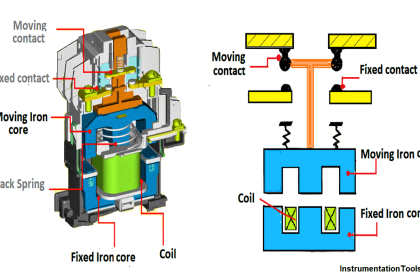
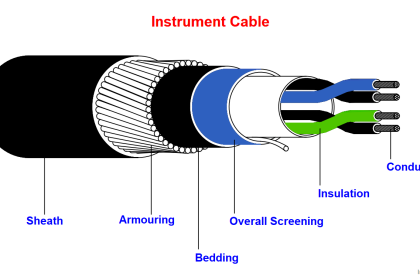

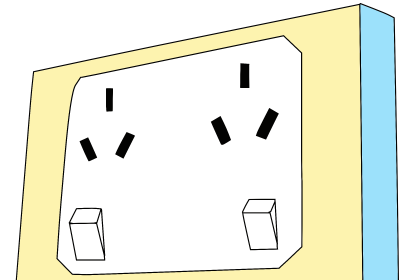
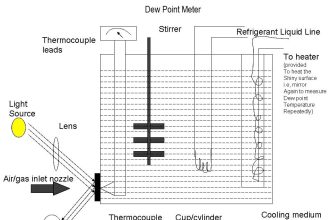



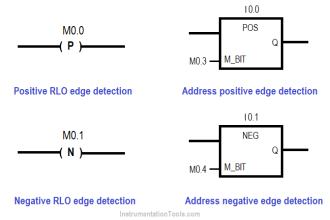



Thank you Very much,this piesce have nice infotmation.